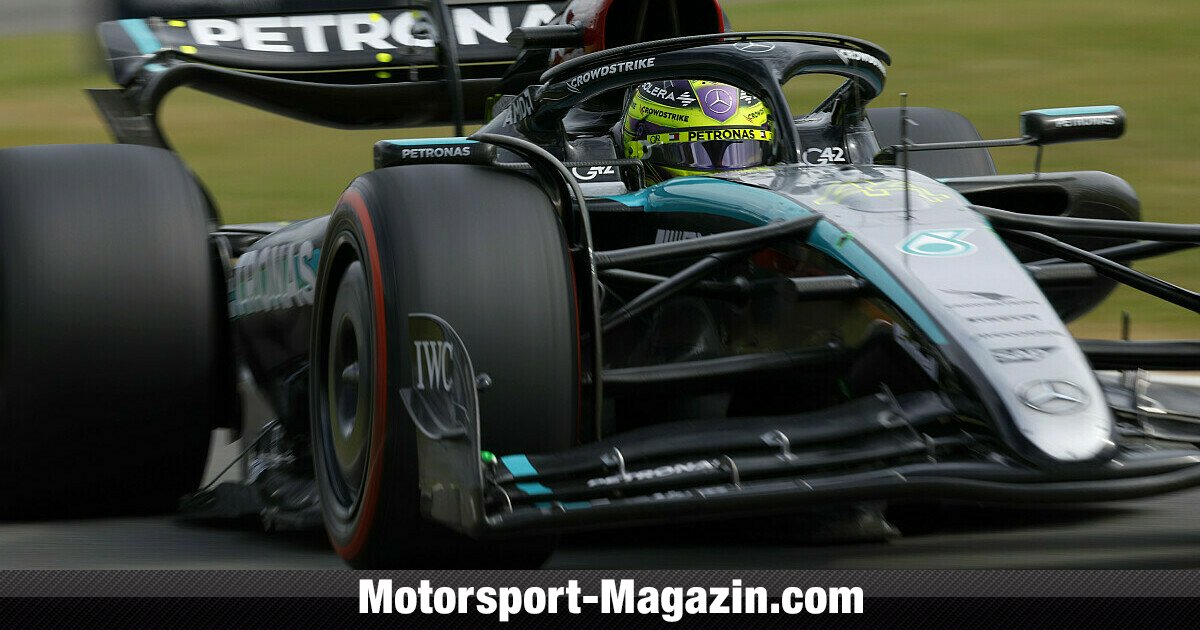In the second free practice session of the 2024 Formula 1 at Silverstone, Lando Norris set the best time with a 1:26.5. What’s special about it is that he is already two tenths faster than Max Verstappen’s pole time from 2023. Unusual, because on no other track were the cars so much faster than last year. In addition, the teams have probably not yet gotten all the power reserves out of their cars. So why are the cars so much faster than in 2023?
Berra: F1 lap times in 2024 faster than expected
Pirelli chief engineer Simone Berra is also surprised by the pace of the cars. However, this is said to have nothing to do with the tires. After all, the drivers are using the same compounds. Pirelli has once again opted for the hardest compounds for the weekend in Silverstone: the C1, C2 and C3 tires. The structure of the tires is identical to last year.
So why are the cars so much faster? “Last year we had rain on Saturday morning and it dried out in qualifying. So the track probably didn’t have as much grip as it does now. That could be the only difference. But I think most of it comes from the evolution of the cars,” said Berra.
Another factor could be the changed track limits. As in Austria, gravel beds have been implemented at some points along the track to prevent drivers from violating the track limits.
“In comparison, that probably gives you a tenth of a lap time, but we are already two tenths faster than last year,” argues Berra. “And in the free practice sessions you are not even at the limit of the track limits. So that should be taken into account in qualifying.”
Increasing tire pressure as a measure against high load?
However, the high speed of the cars has a disadvantage. The load in fast corners could become too great. In the past, the Pirelli tires have struggled at Silverstone for various reasons. The many fast corners in particular have something to do with this. In these corners, the load on the tires increases.
One measure against this load would be to increase the tire pressure. “Due to the simulation we had from the previous race, the load in the corners was comparable to that of last year. That’s why we use the same tire pressures as last year,” explains Berra.

“Now we have to look at it based on the new data. If the load was underestimated, we probably have to increase the tire pressures. That could have an effect on the C3 [ Der Soft-Reifen, Anm. d. Red.] which is the weakest of the three tires. But we wouldn’t expect a totally different racing scenario in such a case,” said Berra.
